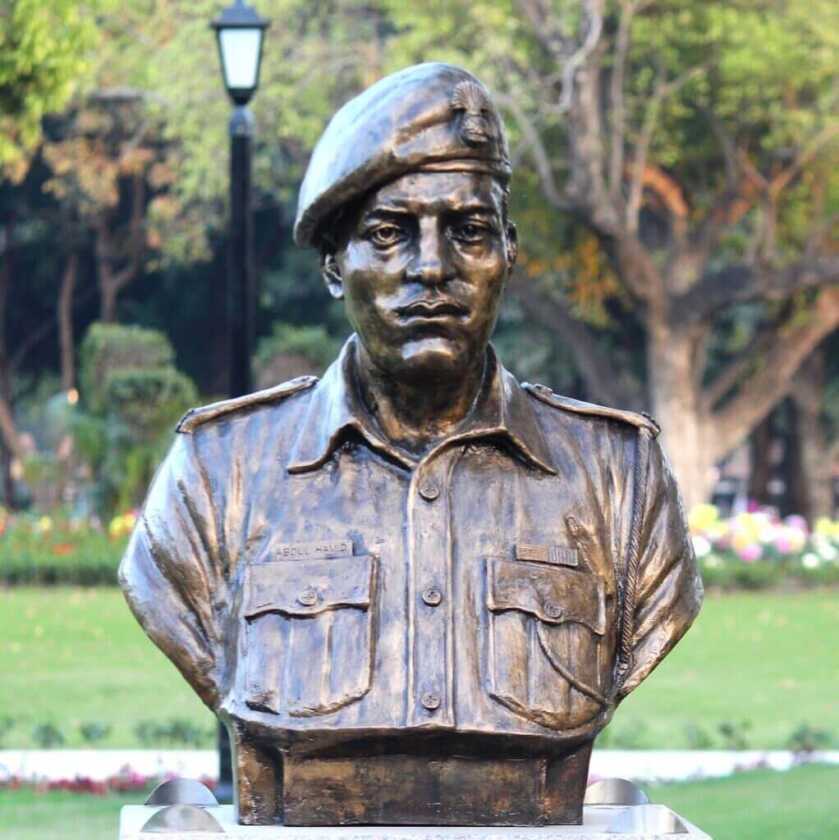
Estimated reading time: 12 minutes
Human beings are tribal, and we live in a big old world. With so many people from so many backgrounds cluttering up the place, we naturally identify more readily with folks who look and sound like we do. Some might misinterpret that as racism. That’s just life. It is simply that it takes a little insight and logic to appreciate the nuances. This deep into the Information Age, both of these commodities can be in fairly short supply.
Table of contents
As a result, I most easily identify with the Audie Murphy sort of hero. Murphy was a skinny little white kid who came up in the most deplorable circumstances. He went on to become the most decorated American soldier in history. I don’t think we have explored his story here before. I’ll have to remedy that. His tale is indeed compelling.
War on the Subcontinent

By contrast, India is on the other side of the world from where I currently sit comfortably ensconced in my favorite writing chair. The Indian people don’t look or sound much like me. Their customs are foreign as is their history. However, the Indians have a rich military legacy far older than our own.
Even in relatively recent history, the Indians have been engaged in some extraordinary examples of sweeping armed conflict, none of which are taught in the sorts of American schools I attended. When you have war, you will find warriors. Do that long enough and you will inevitably produce heroes.
Unfettered Terror

It is the threat of violent gory death that is humankind’s greatest motivator. Nobody wants to lose their homes, their families, or their wealth. However, what you really, really don’t want is to get ripped to pieces by sleeting clouds of red-hot steel. As a result, we curiously violent humans have invested literally incalculable time, treasure, and talent in contriving machines designed solely to do just that. On the modern battlefield, one of the most compelling is the tank.
I have myself been shot at by a tank before. Make no mistake, I’m no hero nor am I even a combat veteran. I was out of the military and in med school prior to 911. This whole sordid mess stemmed from a most unfortunate misunderstanding. I was someplace I wasn’t supposed to be, and my tanker buddies were blissfully unaware of my presence. In a nutshell, I cowered between the tracks of a derelict bulldozer alongside a friend while a platoon of M1 Abrams tanks shot the old earthmover up with their .50 calibers and coax guns. To paraphrase Winston Churchill, that made for a most exhilarating experience.
Trust me when I tell you, that is a freaking horrifying place to be. When you have 130,000 pounds’ worth of pure unfiltered pain unlimbered in your direction it can be tough to think straight. However, certain remarkable personalities can not only operate in that space, they can thrive. An extraordinary Indian soldier named Abdul Hamid was one of them.
The Guy: Abdul Hamid

Company Quartermaster Abdul Hamid Idrisi was born in the summer of 1933 in a village in the Ghazipur District of Uttar Pradesh in India to Sakina Begum and Mohammad Usman. His dad was a tailor. As a boy, Hamid worked in his father’s clothing business running a sewing machine. Hamid enlisted in the Indian Army’s Grenadiers Regiment in 1954 at the age of 21.
Available on GunsAmerica Now
India has been fighting the Chinese and the Pakistanis off and on for decades. Sometimes these conflicts are piddly smoldering things that orbit around minor border disputes. Others are roiling combined arms fights spread out across sweeping battlefields. Abdul Hamid saw a great deal of that.
Hamid first saw the elephant in 1962 during the Sino-Indian War. He participated in the Battle of Namka Chu against the Chinese People’s Liberation Army. During this bloody fight, Hamid’s battalion was surrounded and cut off from support. In desperation, they broke out on foot through Butan and then onto Misamari. Three years later in 1965, Hamid was a seasoned combat veteran.
The Place

I don’t begin to understand the geopolitics of the Indo-Pakistani War of 1965. At that time my people were busy getting ramped up in Southeast Asia. In a nutshell, Wikipedia claims that the Pakistanis were infiltrating the provinces of Jammu and Kashmir to foment a rebellion against Indian rule. The acrimony in this place went way back.
When the British finally called it a day, took their toys, and went home in 1947, they left a mighty vacuum. Nature hates such stuff, so the locals were scrapping in short order. The United Nations mediated a ceasefire in 1949 and established a de facto border, but nobody was happy with it. Despite countless cross-border smackdowns and several proper wars, the place remains a festering wound even today. Back in 1965, things were poised to get seriously kinetic.
The Pakistanis kicked off this party with 30,000 trained guerilla fighters they intended to infiltrate into the area. The Indian Army got wind of this, broke up the insurgent formations, and knocked the dog snot out of their staging bases. In response, the Pakistanis launched a massive conventional military offensive. The Indians naturally responded in kind. Tanks, tactical air, and artillery all did what they did.
Things Get Real For Abdul Hamid
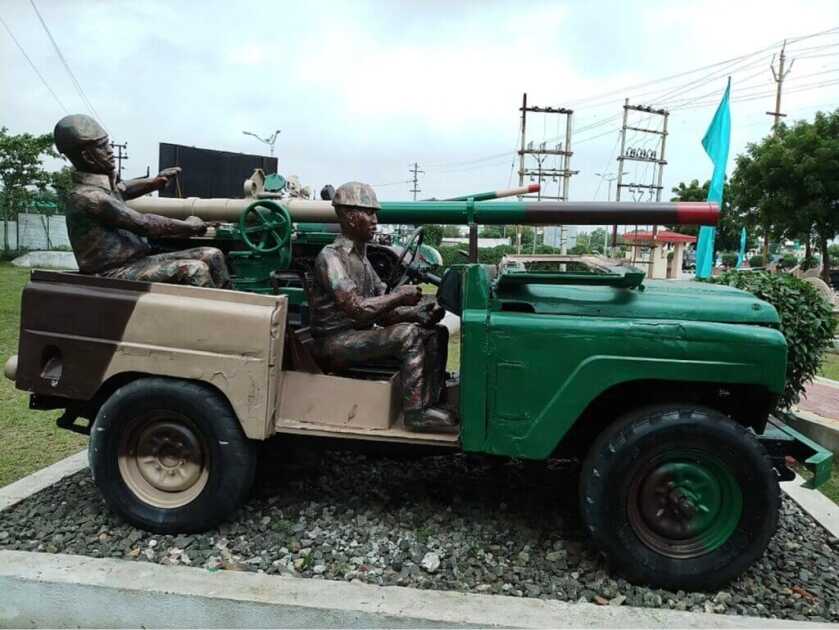
Hamid’s Grenadiers arrived onsite around midnight on the evening of 7 September 1965 and began to dig in. The following morning they heard the telltale rumble of approaching Pakistani tanks. As I mentioned earlier, being a dismounted earth pig at the bottom of some shallow hole faced with a coordinated armored assault is a mighty lonely place. Any normal bloke would want to be almost any place but there. Amidst this terribly toxic milieu, Hamid found himself hunkered down behind a 105mm recoilless rifle mounted on a Jonga jeep.
The vanguard of the Pakistani armored assault reached Hamid’s position at 0730 hours. Hamid waited until the lead tank got within thirty feet and pithed it with his recoilless gun. The tank brewed up, and the crews in the following pair of tracks abandoned their vehicles and fled. However, in the aftermath, the Pakistanis pummeled the Indian positions with artillery.
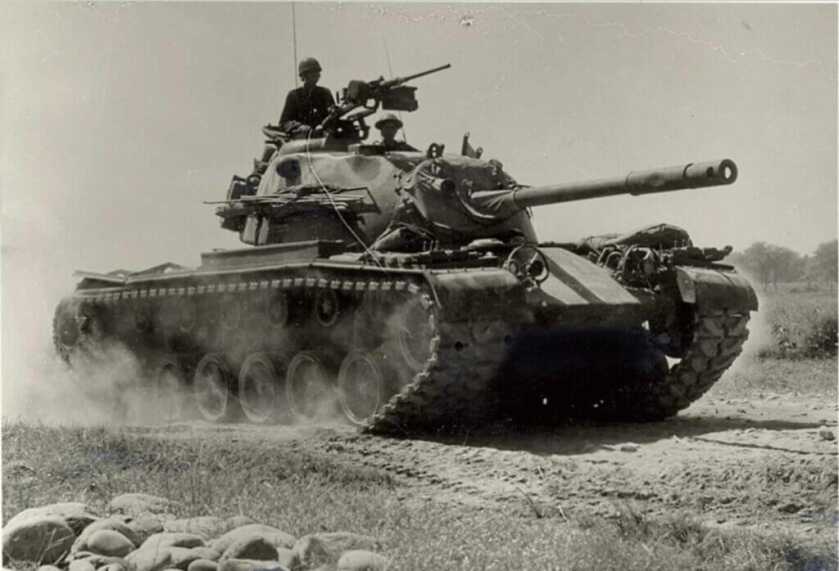
Early in the afternoon, the Pakistanis tried again. Hamid and his crew killed a second Pakistani tank and caused the supporting crews to beat their feet once more. An Indian engineering company then showed up and defiled the place with a wide variety of anti-tank and anti-personnel mines.
The following morning, Hamid’s position was ruthlessly strafed by Pakistani Sabre jets resulting in extensive casualties. Immediately afterward, the Pakistanis followed up with a series of coordinated assaults. By the end of the second day, Hamid had accounted for a further four Pakistani tanks. Keep in mind, this guy isn’t taking out these tanks from eight klicks distant in an air-conditioned attack helicopter. He’s killing these US-supplied Pakistani M48 Patton tanks with the tactical equivalent of a big honking bazooka.
The Armor Situation
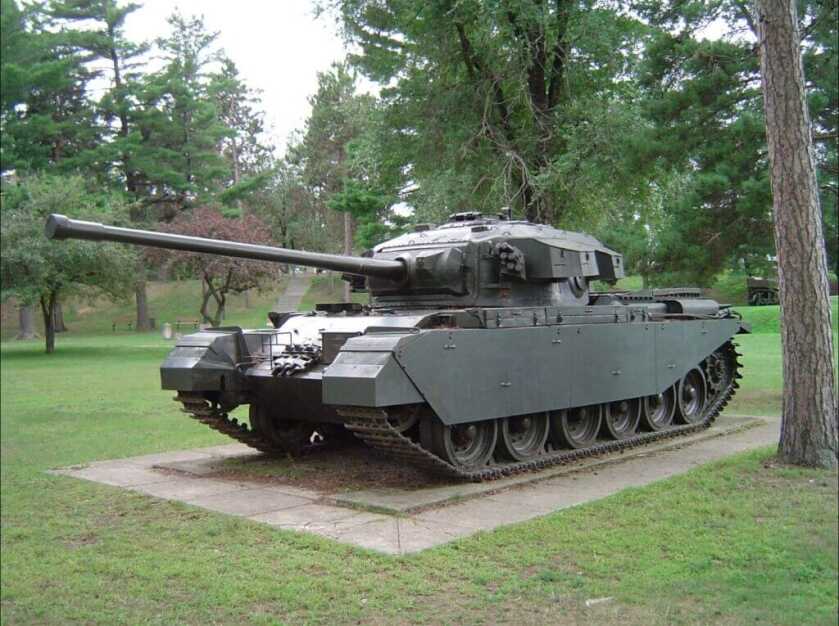
The M48 Pattons used by the Pakistanis represented the state of the art at the time. Opposing them in Indian service were WW2-vintage Shermans and British-made Centurions. The Shermans were withdrawn as they were ineffective against the later-generation Pattons. The Centurions were repositioned to a different part of the battlefield.
Modern combined arms warfare is both fluid and unimaginably lethal. Pakistani commanders explored defenses and exploited weaknesses. In this case, the only thing standing between the Pakistanis and their coveted breakthrough was Hamid’s recoilless rifle and a handful of antitank mines.
The Weapon

A recoilless rifle is a curious thing. Though it looks a bit like a rocket launcher, this is not the case. The recoilless rifle is a fascinating study in physics.
In any dynamic system, mass times velocity in one direction will always equal mass times velocity in the other direction. That’s not just a good idea. That’s the law.
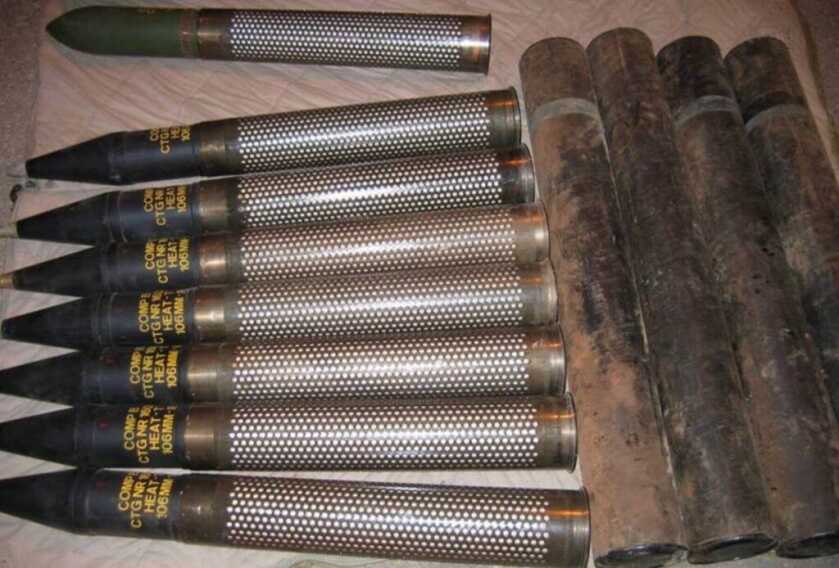
In the case of a recoilless rifle, the weapon is a giant gun firing fixed ammunition. It is simply that the cartridge case is perforated and full of holes, and the back of the weapon is open to the atmosphere. When the gun is fired the projectile leaves the muzzle as the exhaust gases exit through a venturi in the rear. The resulting system can throw a lot of ordnance downrange, but it consumes vast quantities of propellant and produces a simply breathtaking backblast. The American M3E1 Multi-Role Anti-Armor Anti-Personnel Weapon System version of the venerable Swedish 84mm Carl Gustav is a modern example currently in use with US troops.
It Gets Worse
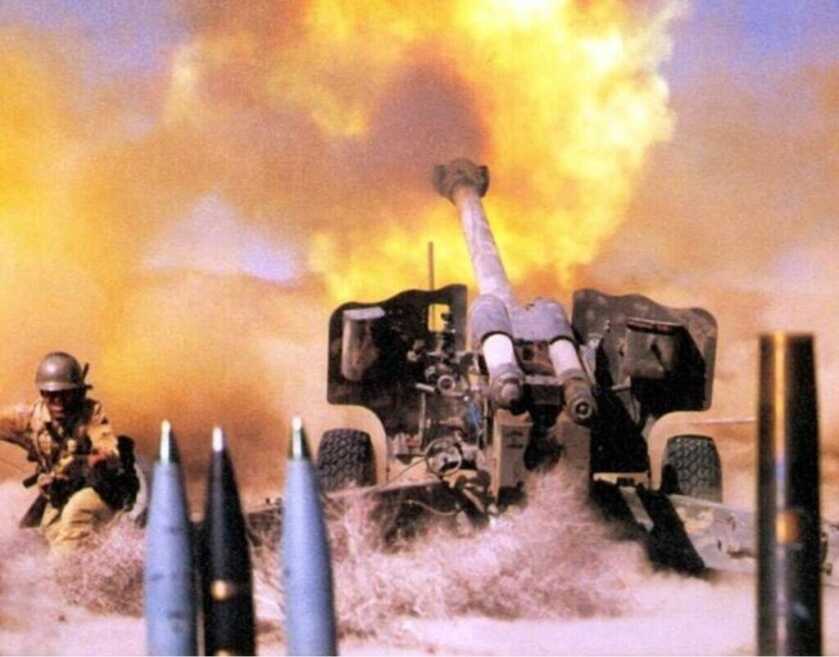
The following morning, another wave of Pakistani tanks assaulted Hamid’s position. By now, Hamid’s jeep was shot to pieces but still drivable though just barely. Hamid killed a tank at a range of 180 meters and then picked off yet another soon thereafter. By now, however, the artillery fire was becoming intolerable. Hamid ordered his gun team to move the raggedy jeep to another position to get clear of some of the shellfire.
Once in their new firing position, Hamid directed his men to seek cover against the sleeting artillery. Now alone behind his gun, Hamid spotted another Pakistani tank. The enemy tank commander identified him at the same time. Hamid exchanged fire with the Patton but was blown to pieces by a high explosive main gun round.
Ruminations On Abdul Hamid
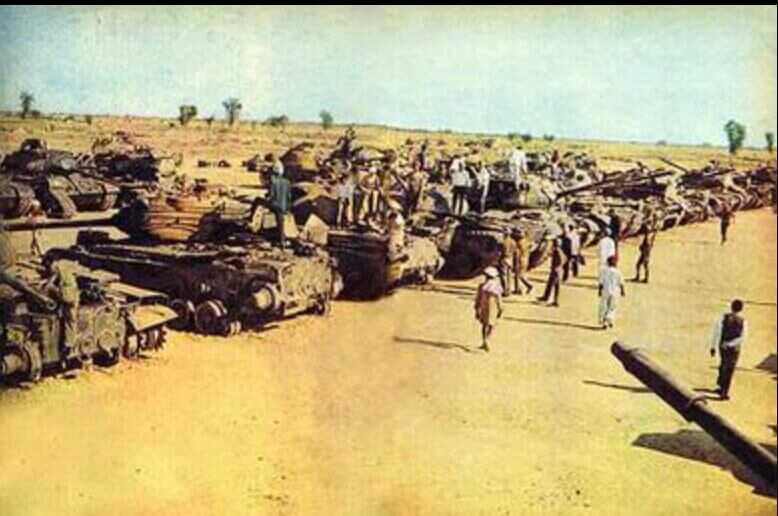
The Battle of Asal Uttar was a decisive Indian victory. Hamid and his crew destroyed eight Pakistani Patton tanks and damaged a ninth before their gun was knocked out. Abdul Hamid was awarded the Param Vir Chakra, India’s highest combat decoration for valor. Hamid was 32 when he was killed.
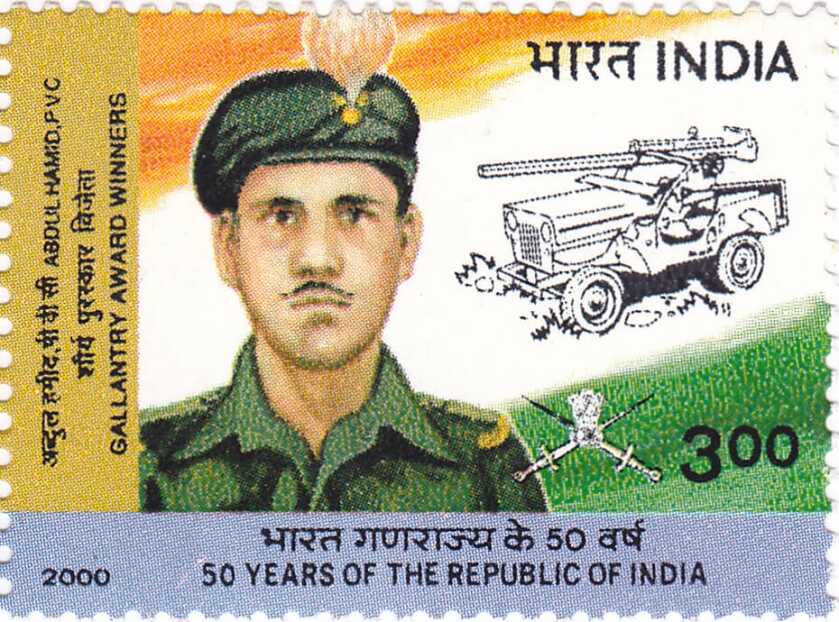
Hamid’s sacrifice was inspirational. His selfless efforts helped spur his battalion on to resist further Pakistani attacks and played a huge part in the ultimate Indian victory. He is venerated in Indian society today. While the names and places seem terribly foreign to us over on this side of the pond, battlefield bravery is the same the world over. Abdul Hamid, like all real heroes, did not necessarily fight for his government, his country, or even his people. Abdul Hamid fought for his buddies. In the end, he sent his comrades to safety while he remained exposed and in action engaging the threat. He ultimately gave his life to support his friends, because that’s what true heroes do.
*** Buy and Sell on GunsAmerica! ***




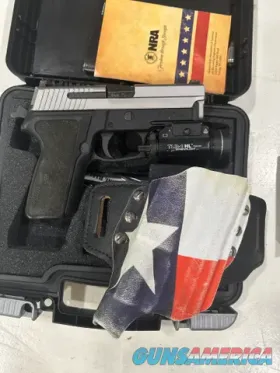
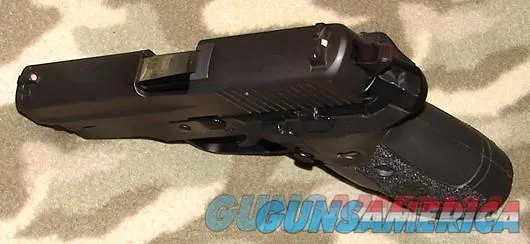
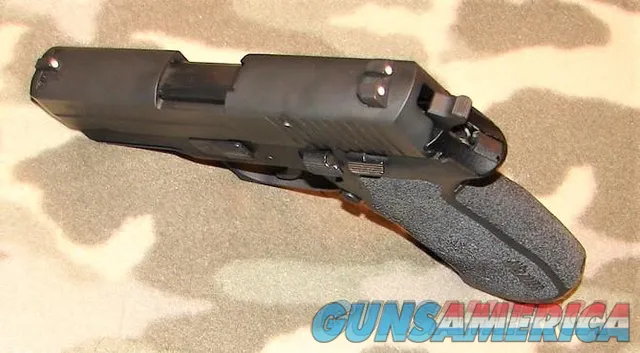





Bravo, Will! Great job!
Congratulations and thanks for another deftly-told tale, Will. You’re so right: heroism comes in many flavors, not just the ones we know, whose names we can pronounce; not only in places we can find on a map, nor the people whose causes we applaud or whose history we understand. Not only is Hamid’s story compelling for his steadiness, effectiveness, and sustained bravery, but I must conclude his name reflects that he was a Muslim soldier defending his Hindu-dominated country against this assault by Muslim Pakistan! I don’t claim to know the twists and turns of this long-standing cradle of conflict, just that it long predates the British Empire and has its origins in the Islamic Caliphate’s march of eastern conquest.
I always enjoy your articles and seek them out to read, and often to re-read. Greetings from downriver on the Mighty Mississippi.
As always another great read presented by a gifted writer. I’m glad you turned to scribbing to pay for extra ammo for your toys, I enjoy your work.